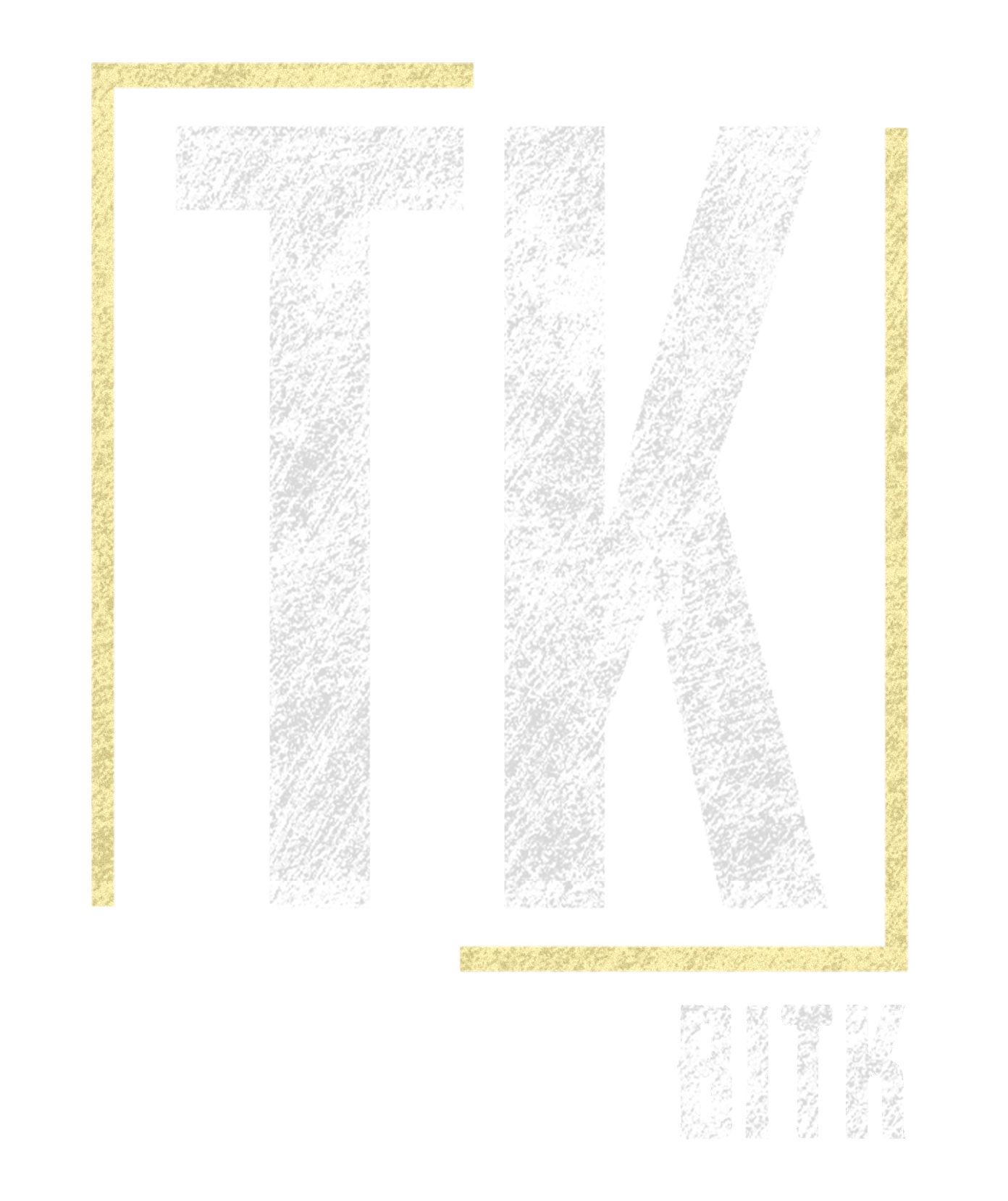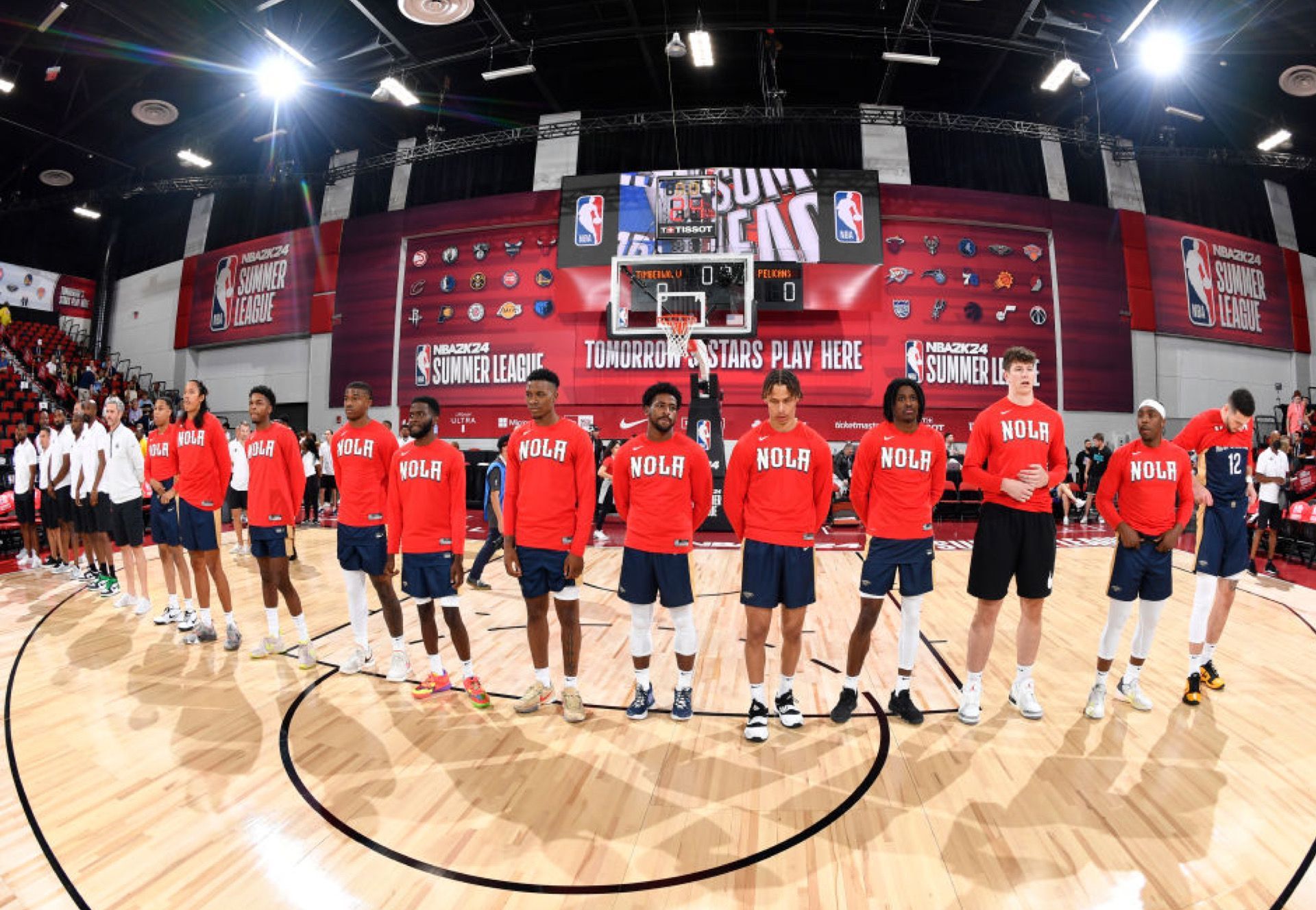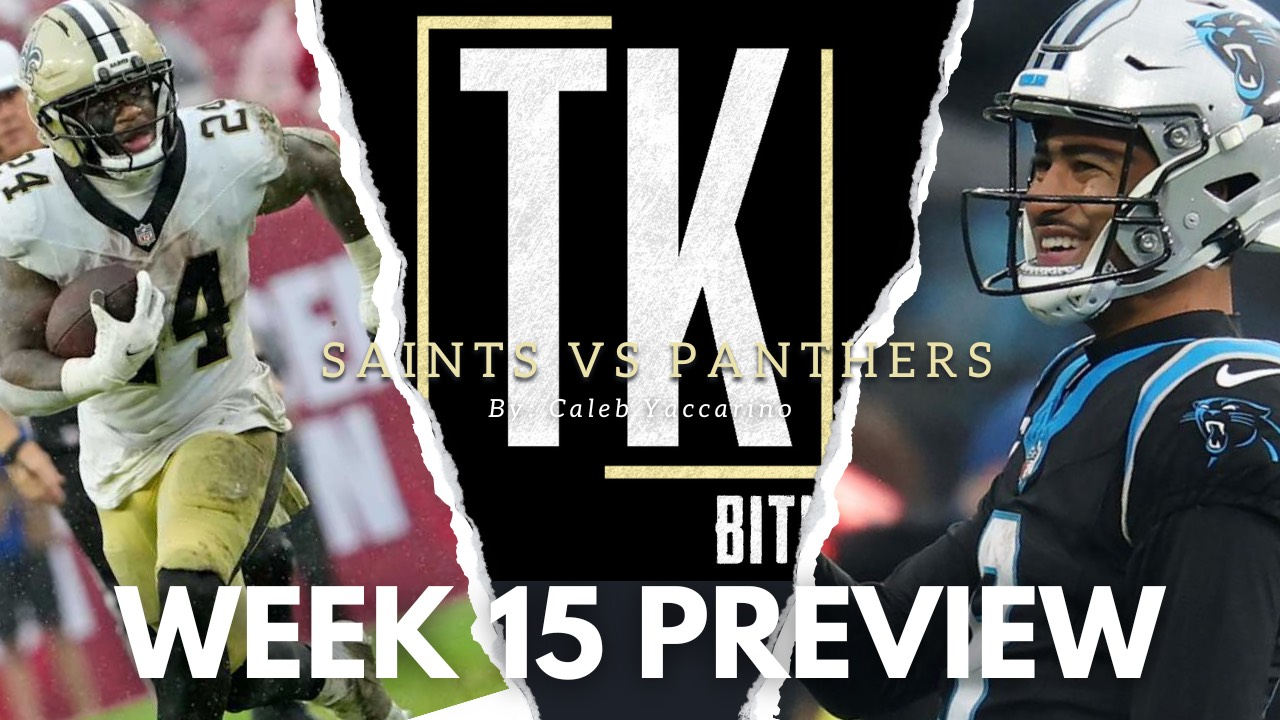Pelicans Landing
New Orleans Pelicans Summer League Recap
The New Orleans Pelicans unceremoniously concluded their summer league stint in Las Vegas with a loss to the Philadelphia 76ers. The Pelicans end the summer with a 3-2 record, not securing a spot in the summer league playoff tournament. So what now? What do we take away from the last two weeks of watching the summer league version of the Pels, and what should we look forward to? Well, let’s start by answering the first question: What are our Summer League takeaways?
Dyson Daniels Is Ready To Take A Leap.
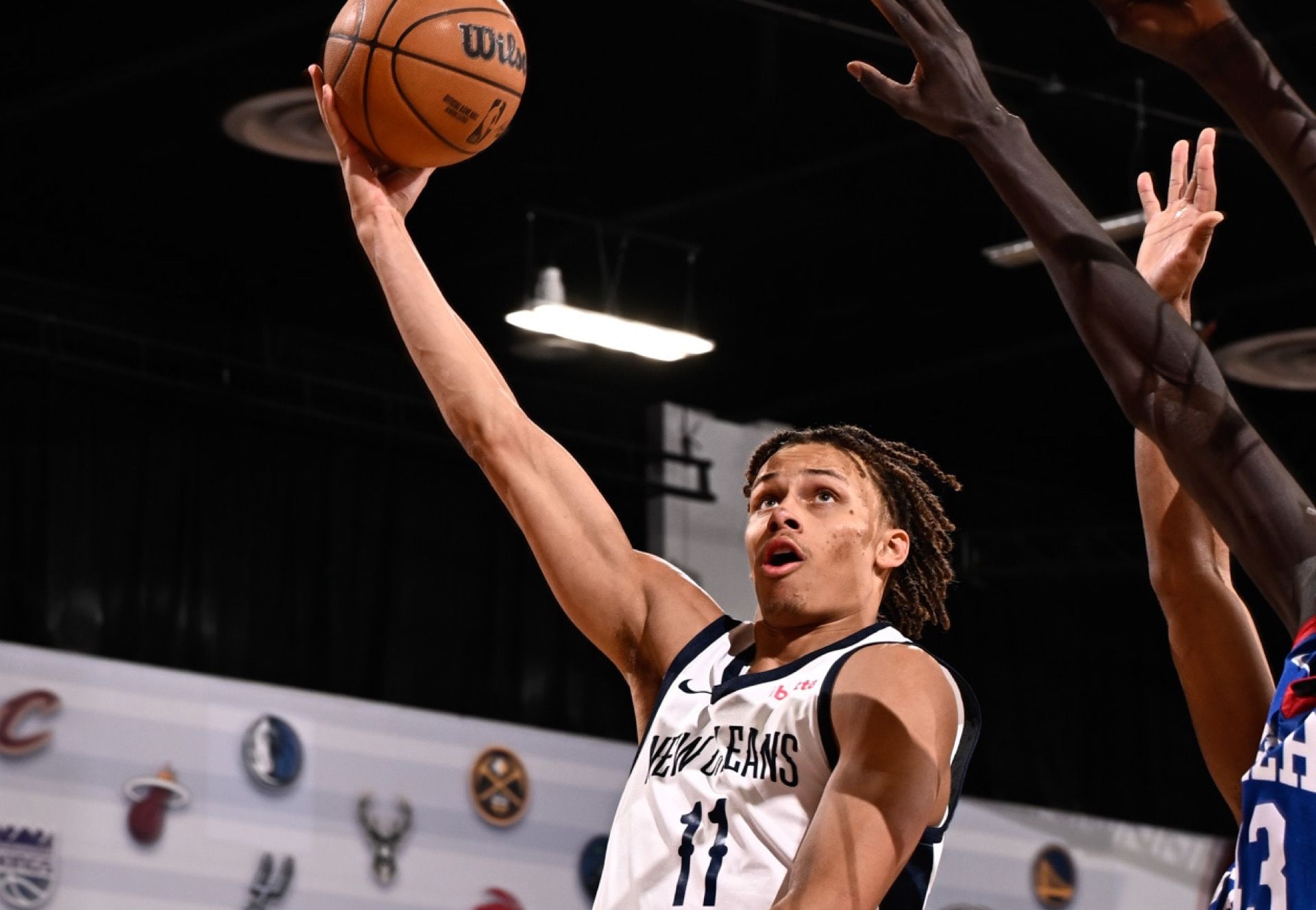
While he might not have been a fan favorite this past season for whatever reason, Dyson Daniels WILL change that this coming year. Daniels showcased his versatility consistently throughout the summer league season. There were games where he was a scoring machine and others where he focused on playmaking and rebounding while never sacrificing his bread-and-butter elite-level defense. Daniels still has some work to do on his three-point shooting, but he has improved at almost every other phase of the game. Either as a primary defensive specialist with lineups that consist of Zion and Brandon Ingram or an attacking, playmaking guard with Trey Murphy and CJ McCollum, Dyson will fit well in almost any lineup that the Pelicans choose to deploy next year.
Dereon Seabron Is NBA Ready!

Seabron showed the Pelicans’ front office and fanbase that he isn’t just a speedster; he is also an all-around offensive threat. His ability to get by the first defender and finish through contact didn’t resemble that of an individual vying for a spot on an NBA roster, but of someone that should be solidified in this league. Seabron led the Pels in points per game (17.2) while shooting an efficient 56% from the field. He was also second in rebounds (6.6) and assists (2.0). Seabron possesses a polished offensive skill set that he uses with purpose wasting little time or energy. While it is more likely that Seabron will settle into another year in Birmingham, it might be in the best interest of the Pels to do everything they can to get him onto the 15-man roster sooner rather than later.
First Jose And Naji, Now Landers Nolley II.
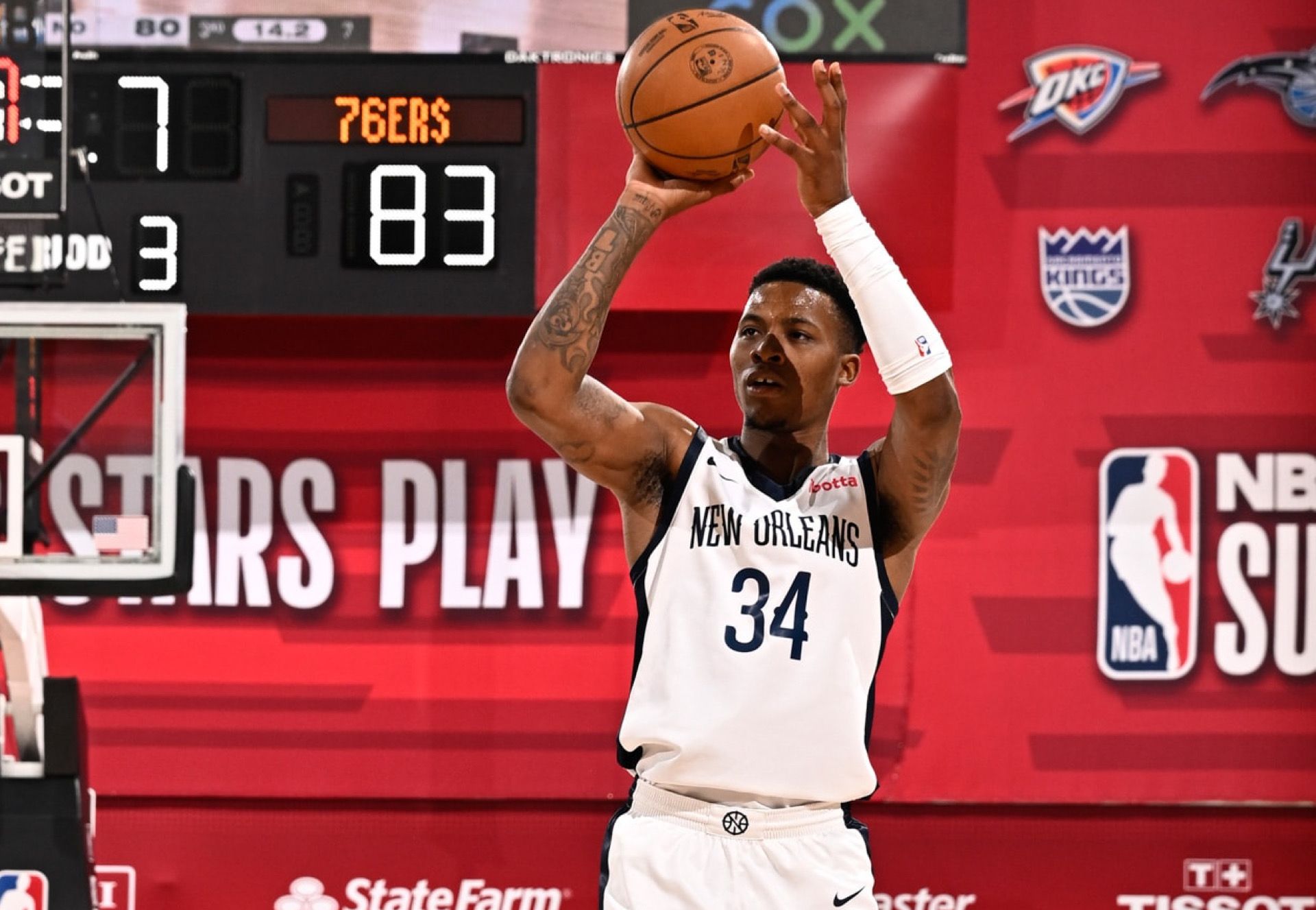
The Pels may have found another gem on the undrafted player market in Landers Nolley II. Nolley II showcased his superior three-point shooting ability, ending the season with a 50% three-point field goal percentage, highlighted by a 6 for 9 showing against the 76ers. Nolley II didn’t look like a guy that simply was hot from three... his form, confidence, and consistency showed that this is simply who he is. Not to be put into a box as simply a three-point shooter, Nolley II showed an ability to finish off the dribble and hit the midrange jumper at a consistent rate (55%), as well! In limited floor time (18 mpg), Nolley II made every minute count. A 6’7 efficient shotmaker is a highly sought-after commodity in the modern NBA. The ability to discover one outside of the draft showcases the front office's ability to find potential in the most unlikely places. With there only being three two-way contracts, let’s hope that Nolley the Second occupies one of them.
EJ Liddell And Jordan Hawkins Look Promising With Time.
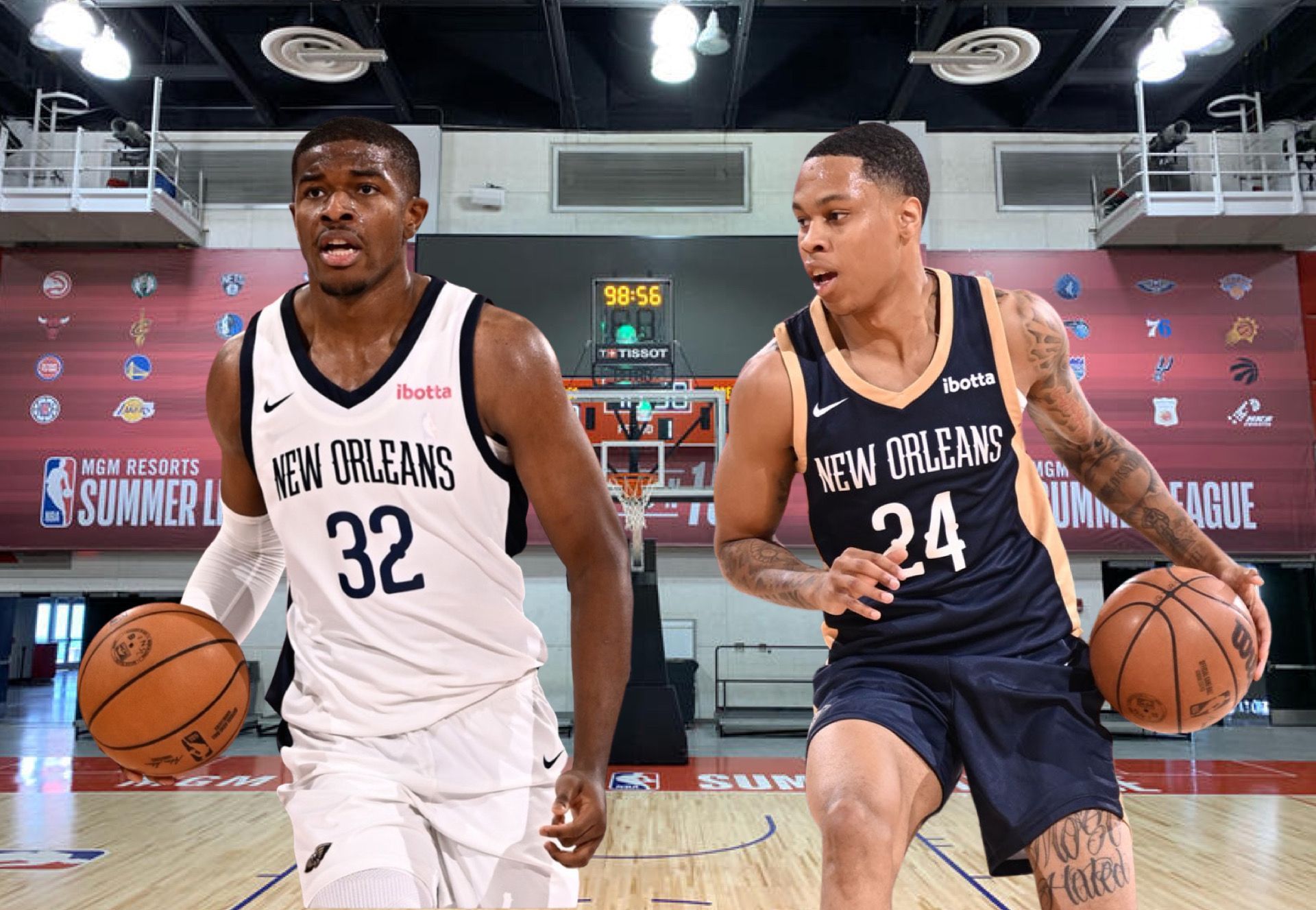
Jordan Hawkins showcased his ability to shoot the ball from anywhere on the floor early on in summer league, only to calm down to almost a halt as the season went on. With that being said, Hawkins's shooting ability and surprising athleticism (see the highlight dunk below) will keep him in the NBA for a long time. Hawkins could benefit from taking the same route to playing time in the NBA as Trey Murphy did, splitting his time between Birmingham and New Orleans his first year. With more professional reps against elite talent, Jordan will only get better.
EJ started the summer league season off slow, feeling his way out post-injury. After registering a DNP against the Suns, Liddell came back looking more like himself for the rest of his summer league stint, highlighted by a 23-point showing against the 76ers. EJ will thrive as a small-ball center in a Grant Williams-type of role. His strength, ball handling, and relentless approach toward improving his three-point-making ability will make him a welcomed asset to the Pels.
With there only being three 2-way contracts, I highly expect Liam Robbins, who didn’t compete in summer league, Seabron, and Nolley II to fill those spots. We could be seeing more of Dereon Seabron in New Orleans than previously expected and a more refined Dyson Daniels moving forward. There is reason to be excited about the Pelicans young prospects. While they might not win the popularity contest, they will not lose their effort and potential.
What’s Next For The Pels?
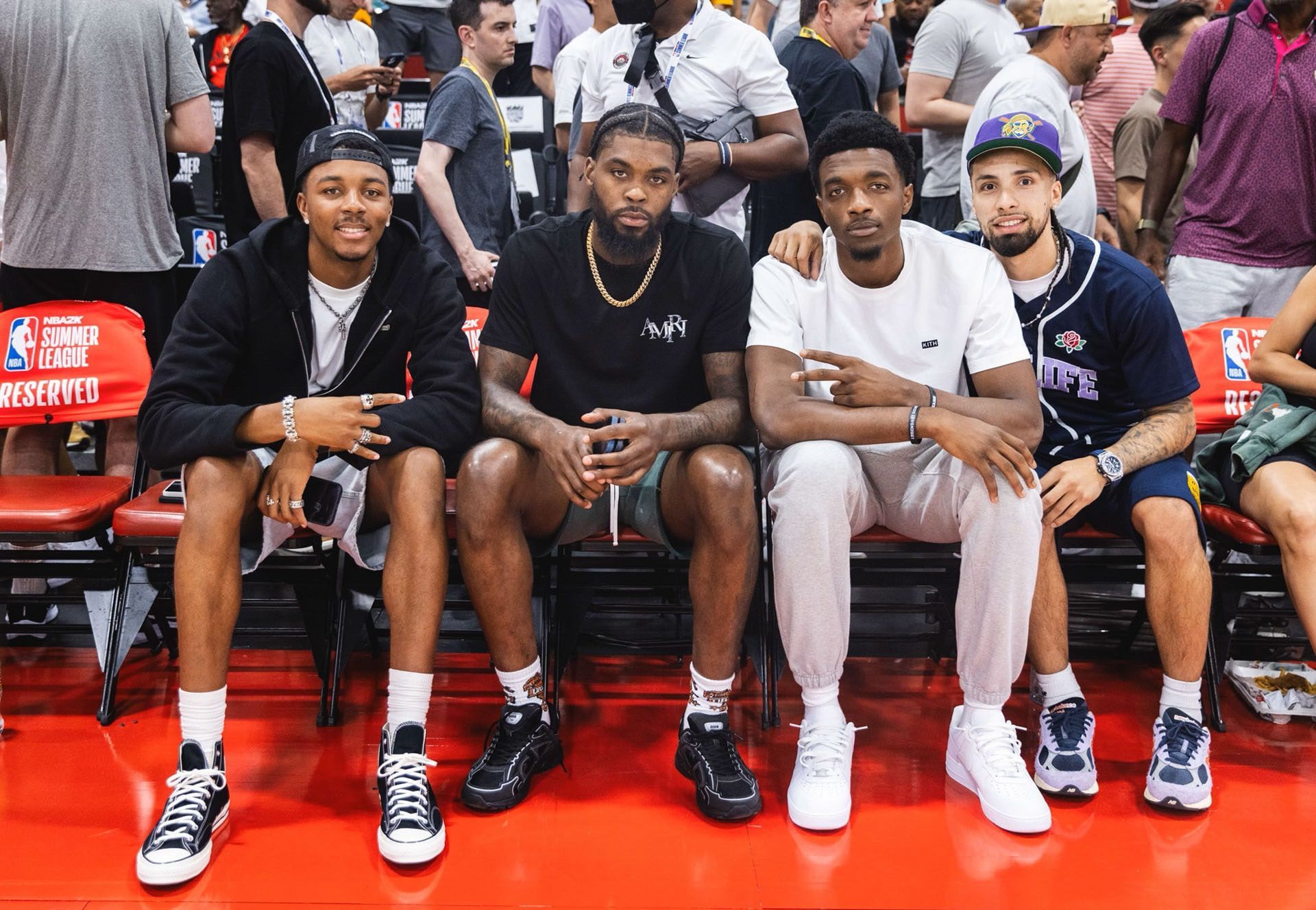
With Brandon Ingram representing the United States and Jose Alvarado representing Puerto Rico in the FIBA World Cup, the Pels can expect a more game-ready Ingram coming into the season and the Jose Alvarado that became a fan favorite pre-injury. Zion has been reportedly working out daily at the facility in New Orleans. Zion having a fully healthy offseason to workout along with a better relationship with the front office, should bode well for not only Zion but the Pelicans as a whole. Healthy Zion makes the Pels a Championship contender.

While we wait to see what other changes may be made to this rendition of the New Orleans Pelicans, one could say that the Pels still have one of the most talented core player groups in the NBA. Yes, there are questions surrounding the center position (is JV staying or going?) and yes, health is still a huge question mark for this often injured group. With all of those question marks, one can still find a reason to believe that the best is yet to come for any team that has Trey Murphy, Zion Williamson, Brandon Ingram, and CJ McCollum on it. The Pelicans Summer League flight has landed; next stop: Training Camp!
- Dylan Mckneely (@DylanMckneely)
A quick share helps us a lot!

